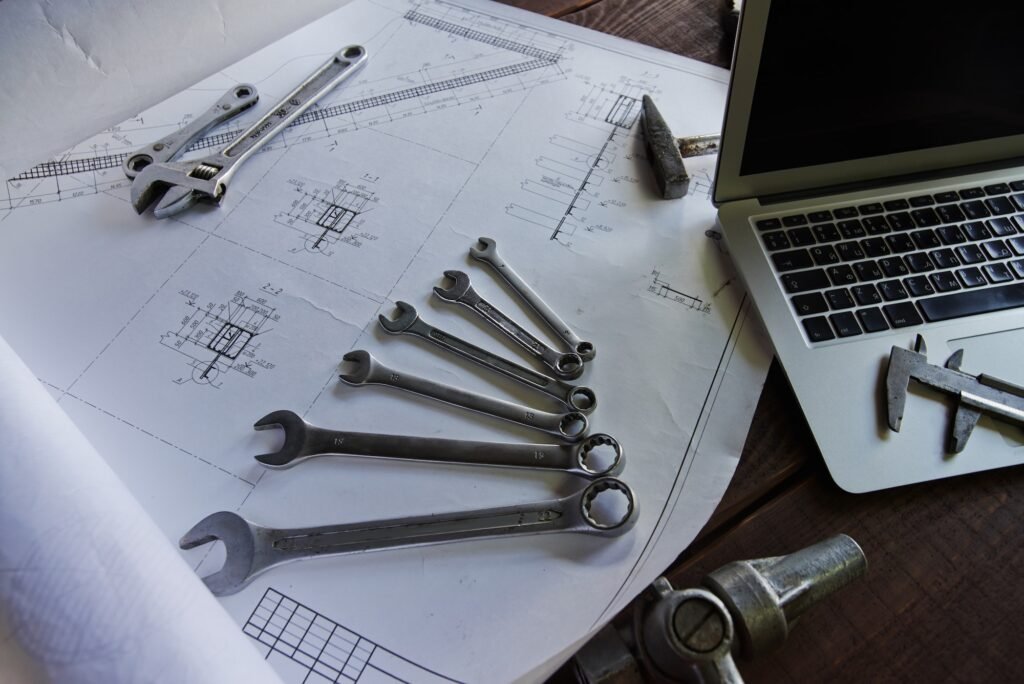Below is a comparison between steel materials 1.2312 and 1.2738, both of which are commonly used in mold making. Understanding their differences is key for selecting the right material for various applications.
1.2312 vs. 1.2738: Steel Material Comparison
1.2312 Steel
- Composition: Typically contains 0.4% C, 1.9% Mn, 1.5% Cr, 0.2% Mo, 0.03% S
- Hardness: Around 28-32 HRC
- Properties: Known for excellent machinability, improved toughness, and good weldability
- Applications: Suitable for plastic molds, die casting molds, and other tooling applications
1.2738 Steel
- Composition: Generally contains 0.35% C, 1.5% Mn, 1.9% Cr, 0.2% Ni, 0.4% Mo
- Hardness: Roughly 33-37 HRC (Pre-hardened)
- Properties: Offers excellent polishability, machinability, and uniform hardness
- Applications: Ideal for plastic injection molds, especially for large molds
Below is a comparison table summarizing the key aspects:
| Property | 1.2312 Steel | 1.2738 Steel |
|---|---|---|
| Carbon (C) | 0.4% | 0.35% |
| Manganese (Mn) | 1.9% | 1.5% |
| Chromium (Cr) | 1.5% | 1.9% |
| Molybdenum (Mo) | 0.2% | 0.4% |
| Nickel (Ni) | – | 0.2% |
| Hardness (HRC) | 28-32 | 33-37 |
| Applications | Plastic molds, die casts | Large plastic injection molds |
Conclusion
While 1.2312 and 1.2738 have some similarities, 1.2738 is generally harder and includes nickel in its composition. This makes it more suitable for large plastic injection molds, where uniform hardness is a key factor.
To provide you with a visual comparison, I can create a graphical representation or an Excel sheet. Please confirm your preference, and I’ll proceed accordingly!



